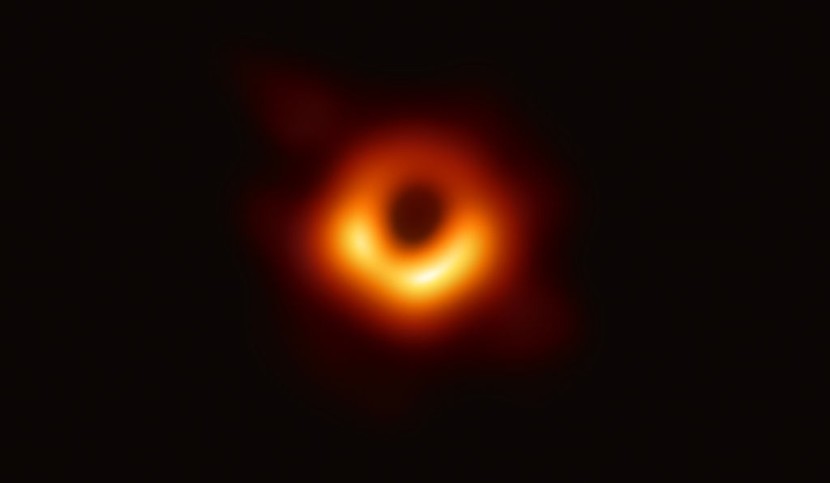
NASA scientists were able to capture the eerie and terrifying sound that echoed from a black hole, prompting science and space fans to call it both "scary" and "cool."
The incident has become possible thanks to the space agency's new technology and now provides the public with a 34-second recording. The video, primarily of sound, was posted on YouTube on May 4. The footage explains that the source of the sinister recording is from deep within the Perseus Galaxy Cluster, roughly 250 million light-years from Earth.
Sounds From a Black Hole
In the report, NASA said that the popular misconception that there was no sound in space originated with the fact that most of space is considered to be a vacuum. This provides no medium for sound waves to propagate through and be heard.
However, a galaxy cluster has copious amounts of gas that envelop the hundreds or even thousands of galaxies within it. This environment becomes a perfect and suitable medium for the sound waves to travel great distances, as per The News & Observer.
The so-called "ripples" in space have become audible thanks to a sound machine, a process called "sonification," after NASA revealed it overcame the challenge of raising the "astronomical data" to a level humans can hear.
However, the space agency declined to comment or detail the results from the black hole, which is known to have a powerful gravitational pull. But the sound is most likened to ghostly howls or the collective moan of a billion lifeforms.
According to India Today, this is the first time NASA engineers have made the sound waves audible after taking them in radial directions. The space agency added that the signals were also resynthesized into the range of human hearing by scaling them upward by 57 and 58 octaves above their true pitch. This is because humans are unable to hear some 57 octaves below middle C.
Scientific Space Project
The sound waves that came from the black hole had an oscillation period of 10 million years and are believed to be something that the cosmic object has been holding on to for the last two billion years. Experts also suspect that the waves act as a brake on star formation, which helps to keep the gas in the cluster too hot to condense into new stars.
As part of an ongoing project that seeks to "sonify" the universe, the space agency released similarly generated sounds from bright knots in a jet of energy spewing out from a giant black hole located at the center of the humongous galaxy known as M87. The sounds were able to reach us across 53.5 million light-years as a steady succession of orchestral tones.
An astrophysicist at the Massachusetts Institute of Technology, Erin Kara, led a group that has undertaken another sonification project. It is part of an effort to take advantage of light echoes from X-ray bursts to map the environment surrounding black holes, similar to how bats in the animal kingdom use sound to catch their prey, such as mosquitoes, the New York Times reported.
Related Article: [PHOTOS] Hubble Telescope Pictures Show Stunning View of "Grand Design" Galaxy, Surviving Star From Supernova








